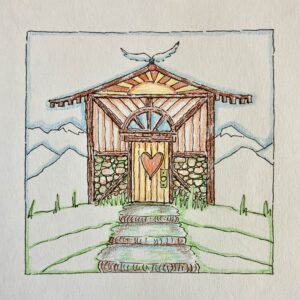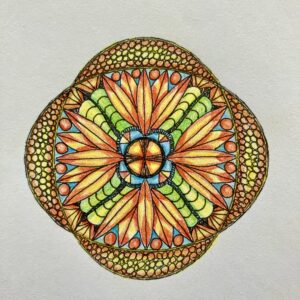
How is it that every day seems to be the same, has the same routines, the same processes and the same duties? How has it come to this habitual state? A simple shift can make a routine seem new. Try doing things slightly differently and see what happens. Brighten up your day, and yourself, by doing something out of order, or by not doing something that you religiously do each day. Would it be so terrible to do something different for a change? Or to not do something you are so married to doing? It’s a good day to make a change. You will soon find out that even a slight change has the possibility to offer a big shift. Sometimes the best way to enact change is to make it yourself.
Sending you love,
The Soul Sisters, Jan & Jeanne

